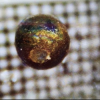Burst of radio waves in Milky Way probably came from neutron star0
- From Around the Web, Space
- November 5, 2020
First fast radio burst found in our galaxy is traced to magnetar 30,000 light years away
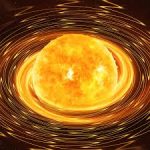
First fast radio burst found in our galaxy is traced to magnetar 30,000 light years away

ESA’s Mars Express orbiter has spotted three overlapping craters in Noachis Terra, an extensive landmass in the southern hemisphere of Mars.
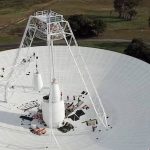
The only radio antenna that can command the 43-year-old spacecraft has been offline since March as it gets new hardware, but work is on track to wrap up in February.
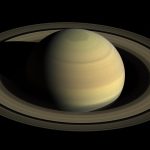
An additional planet between Saturn and Uranus was kicked out of the Solar System in its infancy
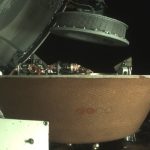
On October 28, 2020, NASA’s OSIRIS-REx spacecraft successfully stowed its Sample Return Capsule (SRC) with a sample of surface material from the near-Earth asteroid Bennu.
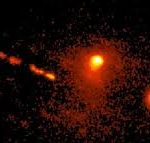
Centaurs are rare celestial objects that can combine some of the different features of asteroids and comets. They’re basically rocky in nature, like asteroids, but can also throw out clouds of dust and gas as their exteriors vaporize, like comets.

Space-based service will alert users to potential collisions between satellites and orbital junk
NASA’s Juno spacecraft has been in orbit around Jupiter since 2016. One of its instruments is the ultraviolet spectrograph (UVS), which is primarily used to make ultraviolet images of Jupiter’s auroras. During the first four years of the mission, the UVS instrument has observed 11 transient bright flashes. These flashes look similar to lightning, but are located much higher in the atmosphere than the cloudy regions of Jupiter where lightning is generated. In a paper published in the Journal of Geophysical Research: Planets, researchers suggest that these are observations of transient luminous events in the gas giant’s upper atmosphere. In particular, they suggest that these events are elves, sprites or sprite halos, three types of transient luminous events that produce spectacular flashes of light very high in the Earth’s atmosphere in response to lightning strikes between clouds or between clouds and the ground.
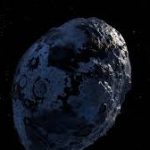
The wealth is out there.
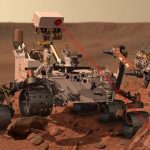
The rover is taking a curved route due to the Sun’s gravitational pull



